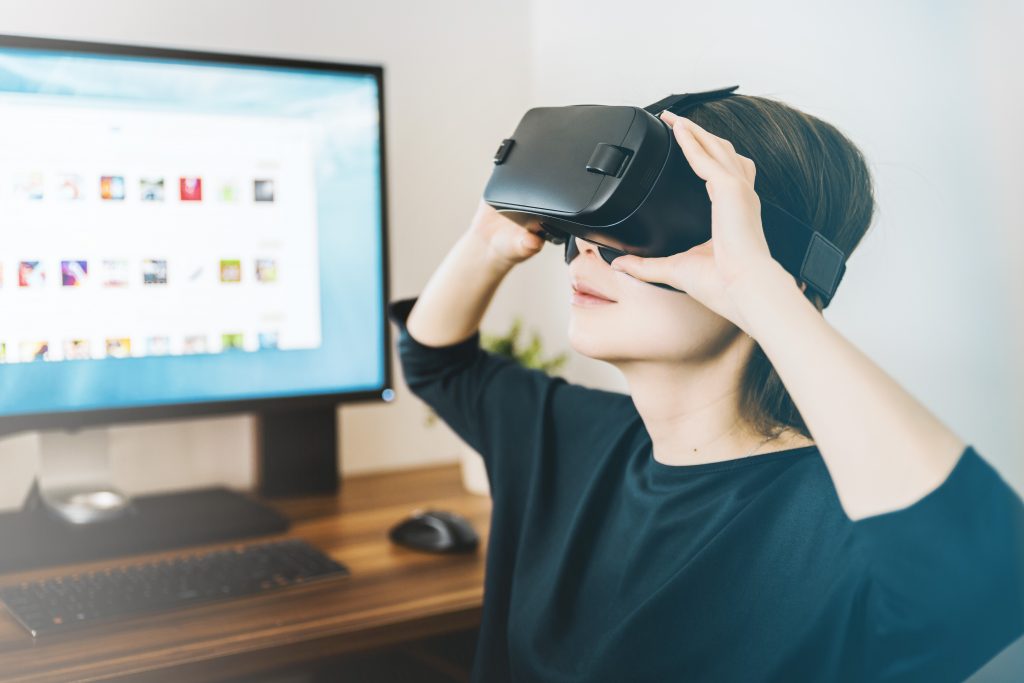Shaping the future? It sounds like a difficult task for one person, but as a digital learning community we can invest in technologies today to benefit the learners of tomorrow.
In 1897 the first electric taxi was developed and hit the streets. Nowadays, if you go to London and book an Uber, you’d find it difficult to not be picked up in an electric car. There’s a lot the L&D industry can take from this trend in car manufacturing – investing today will bring benefits tomorrow.
In this post we will explore the technologies or practices you should be investing in to ‘Shape the Future’.
Virtual Reality
A few years ago there was real pessimism around Virtual Reality (VR) within a learning environment. Many thought it was just a gimmick; they couldn’t see how putting on a headset would bring about an educational experience.
In just a matter of years we’ve seen huge progress in the technology behind VR, but more can still be done. In the workplace, VR is generally being used to emulate scenarios that would be too expensive or dangerous to perform in reality.
We believe VR has a wealth of untapped possibilities, from virtual public speaking to virtual CPR. All the market needs are those early adopters to make this an affordable technology for all.

Social Learning
It seems strange to be talking about shaping the future, and yet we’re discussing one of the oldest forms of learning known to mankind. However, many businesses are finding it difficult to foster and apply the theory behind social learning.
A huge number of organisations are investing in learning systems with very little to no social features. Managers are still expecting staff to work in near silence while avoiding YouTube videos during work hours.
All social learning really requires is a change in culture. Get colleagues talking to each other about their work, embrace inquisitive minds and don’t panic if staff are watching a video – there’s a good chance they might learn something!

Microlearning
Microlearning has been met with some scepticism. Many believe it’s a great way to train staff who have very limited time to actually complete training. Others don’t see how short videos can actually help education.
The reality is that both answers are right. One short video will not dramatically improve an employee’s knowledge of a particular topic. However, if these videos are used as part of a series, maybe developing knowledge over the course of a week or fortnight – the retention of knowledge is shown to be higher than traditional eLearning.
Augmented Reality
As previously mentioned VRhas come on leaps and bounds in the past few years. On the other hand, Augmented Reality (AR) has been left behind with very little focus on its capabilities.
We will all have been exposed to AR at some point over the past few years. Pokémon GO brought the technology into the mainstream. It’s now all about how as an L&D community we can transfer the technology into learning.
AR is great for setting up a training environment in front of your very eyes, at a fraction of the cost long-term. Creating a safe environment in which staff can train, make mistakes and have a bit of fun can only benefit their learning.
Summary
By 2025 over 50% of the workforce will be millennials. Now is the time to be investing and familiarising yourself with new and emerging technologies, to ensure you meet the training needs of the future.


